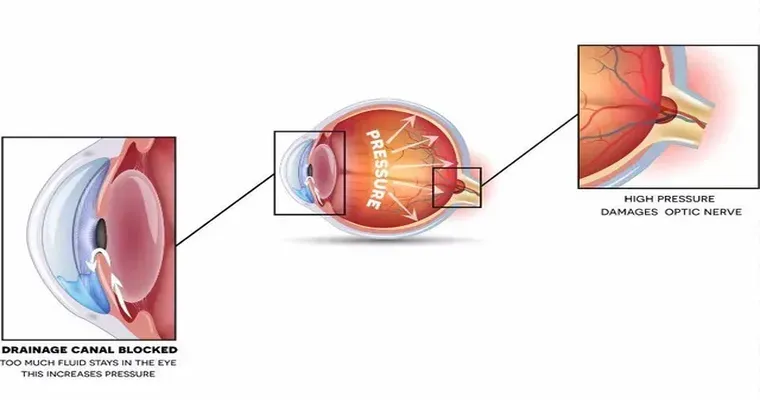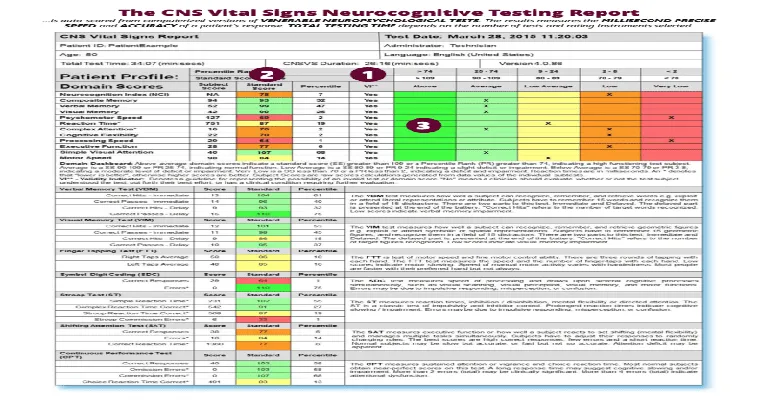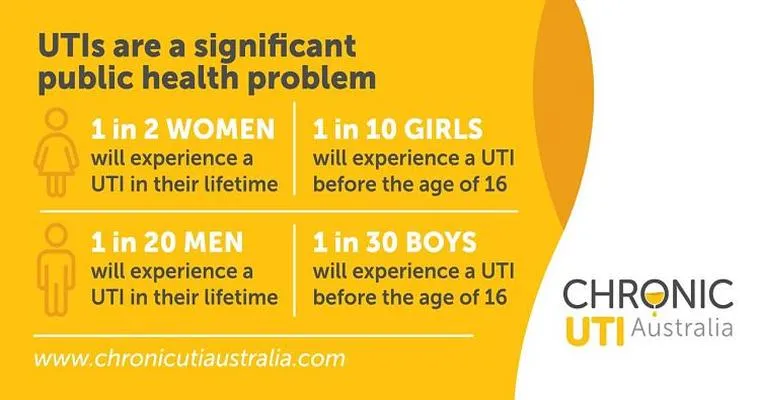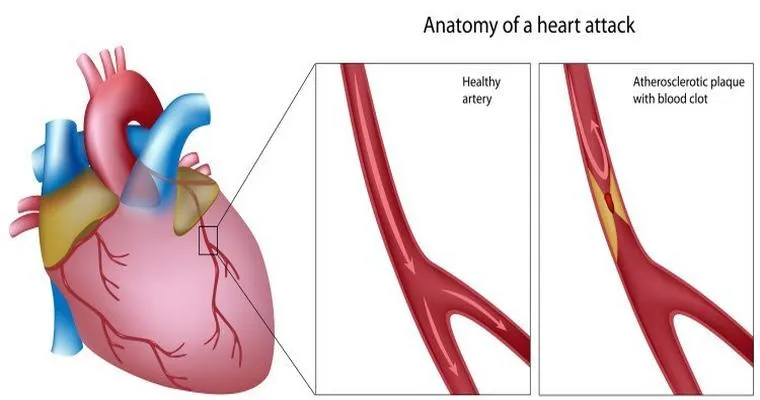"Glaucoma" is a serious eye condition that can lead to vision loss if not diagnosed and treated promptly. Understanding how "glaucoma is diagnosed" and the various "treatment options" available is crucial for managing this disease effectively. Early detection is key, as it can significantly reduce the risk of permanent damage to the optic nerve.
Diagnosing Glaucoma
The diagnosis of glaucoma typically involves several comprehensive eye exams conducted by an eye care professional. The process usually begins with a "tonometry test", which measures the "intraocular pressure (IOP)" in your eyes. Elevated IOP can be a strong indicator of glaucoma, although not all individuals with high pressure will develop the condition.
Another essential part of the diagnosis is a "visual field test". This test assesses your peripheral vision, helping to identify any blind spots that may indicate optic nerve damage. Additionally, an "optical coherence tomography (OCT)" scan may be performed to obtain detailed images of the optic nerve and the layers of the retina. These images assist in detecting any early signs of damage that may not be noticeable during a standard examination.
A thorough "dilated eye exam" is also crucial in diagnosing glaucoma. During this exam, the eye doctor uses special drops to widen your pupils, allowing them to examine the optic nerve more closely for any signs of damage or abnormalities.
Treatment Options for Glaucoma
Once diagnosed, the treatment for glaucoma aims to lower intraocular pressure and prevent further damage to the optic nerve. The specific treatment plan may vary depending on the type and severity of glaucoma.
1. "Medications": The most common initial treatment for glaucoma involves prescription eye drops. These medications help lower eye pressure by either decreasing the production of fluid in the eye or improving its drainage. It is important to follow the prescribed regimen closely, as consistent use is vital for effective management.
2. "Laser Therapy": If medications are not sufficient to control eye pressure, laser treatment may be recommended. Procedures such as "laser trabeculoplasty" help improve the drainage of fluid from the eye, thereby reducing intraocular pressure. This method is often effective and can be a suitable option for those who experience side effects from medications.
3. "Surgery": In more advanced cases of glaucoma, surgical intervention may be necessary. Surgery can involve creating a new drainage pathway for the fluid or placing a drainage implant to facilitate fluid outflow. Surgical options are typically considered when other treatments have failed to maintain safe eye pressure.
Monitoring and Follow-Up
Regular follow-up visits with an eye care professional are essential for anyone diagnosed with glaucoma. These appointments allow for ongoing monitoring of intraocular pressure and the overall health of the optic nerve. Your doctor may adjust your treatment plan based on your response to medications or changes in your eye condition.
Conclusion
Understanding how glaucoma is diagnosed and treated is vital for anyone at risk of this sight-threatening condition. Early detection through comprehensive eye exams can save your vision, while appropriate treatment can help manage the disease effectively. If you experience any symptoms such as blurred vision, eye pain, or headaches, it is crucial to seek medical attention promptly. Remember, proactive eye care plays a significant role in maintaining your vision and overall eye health.





